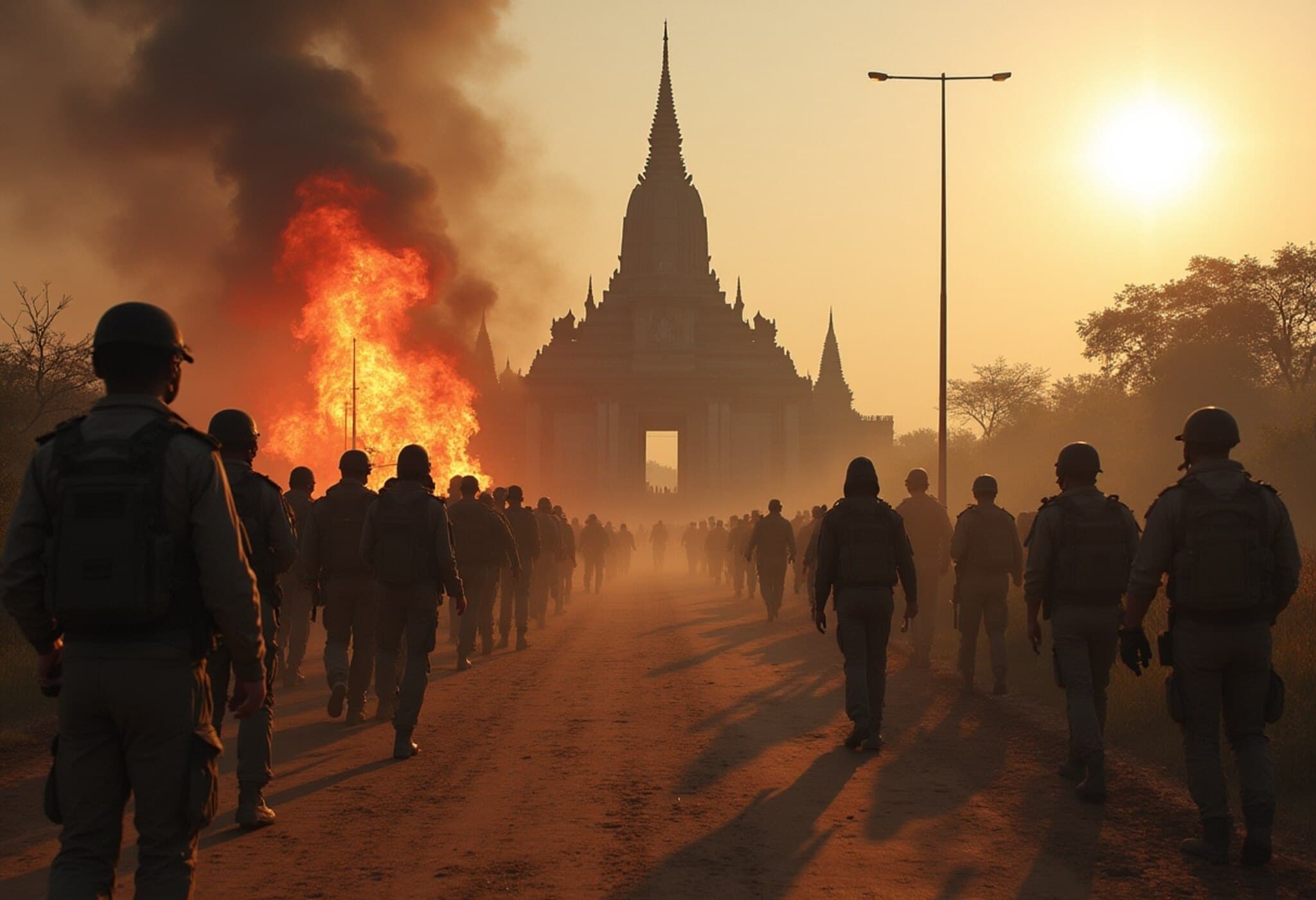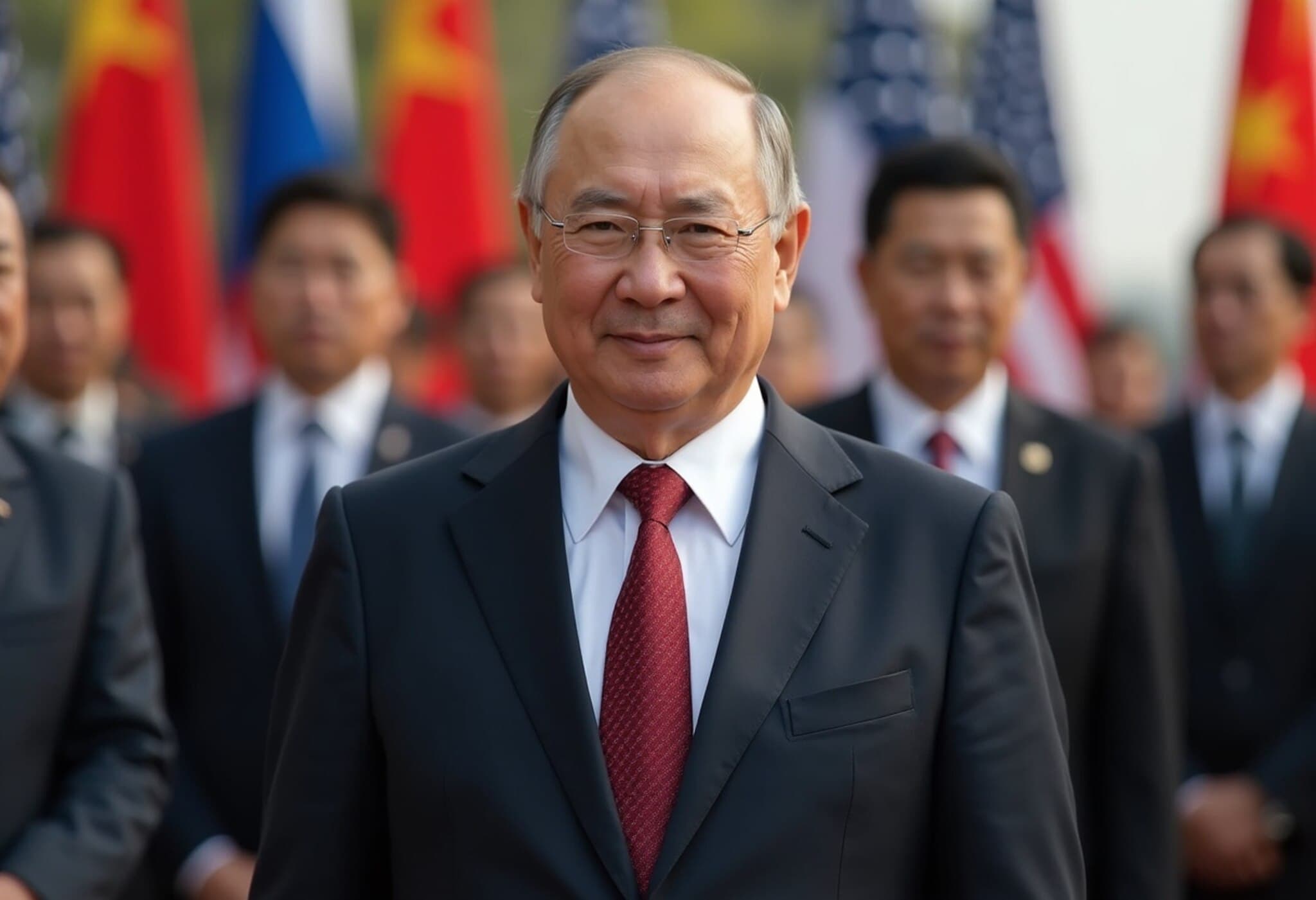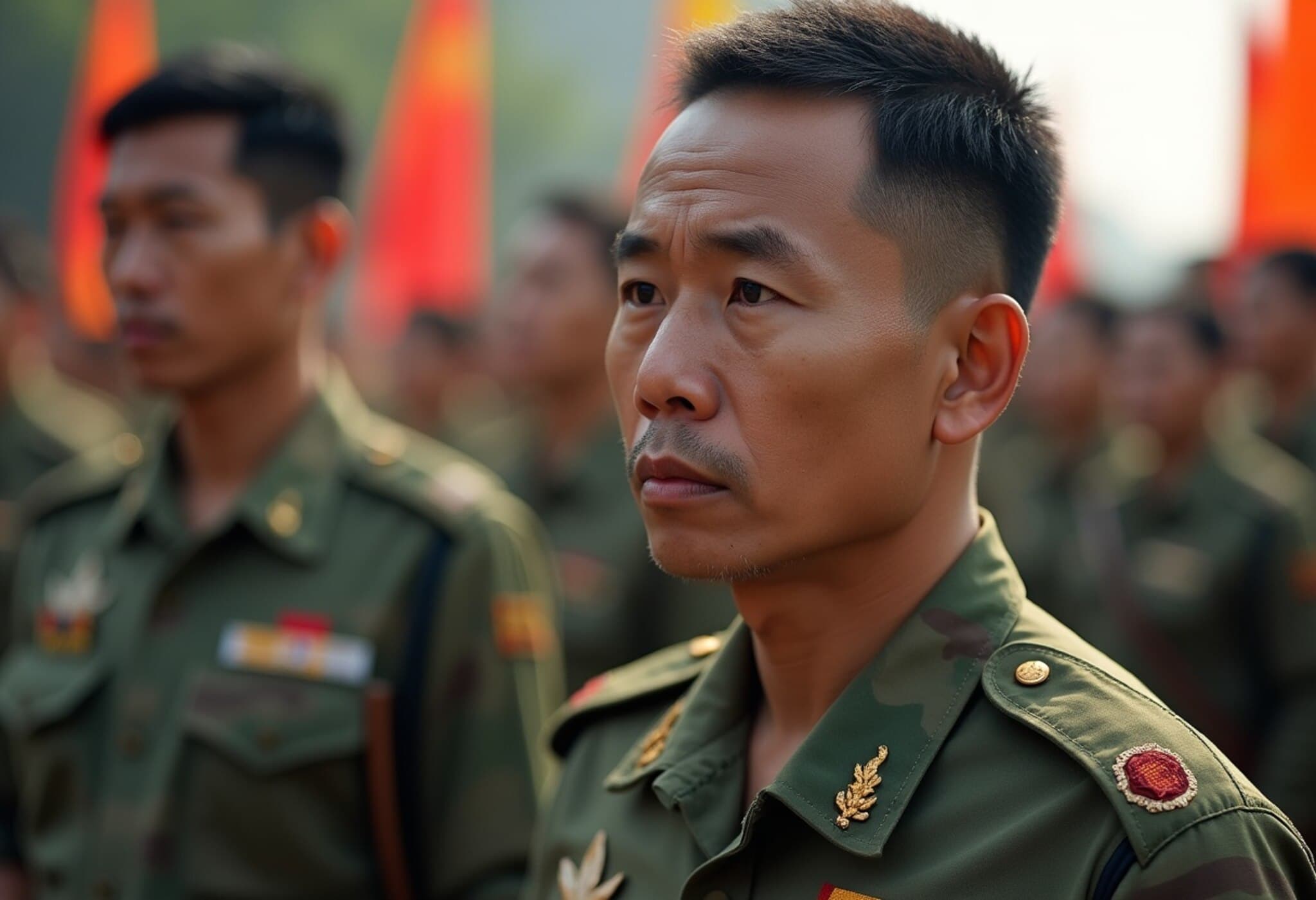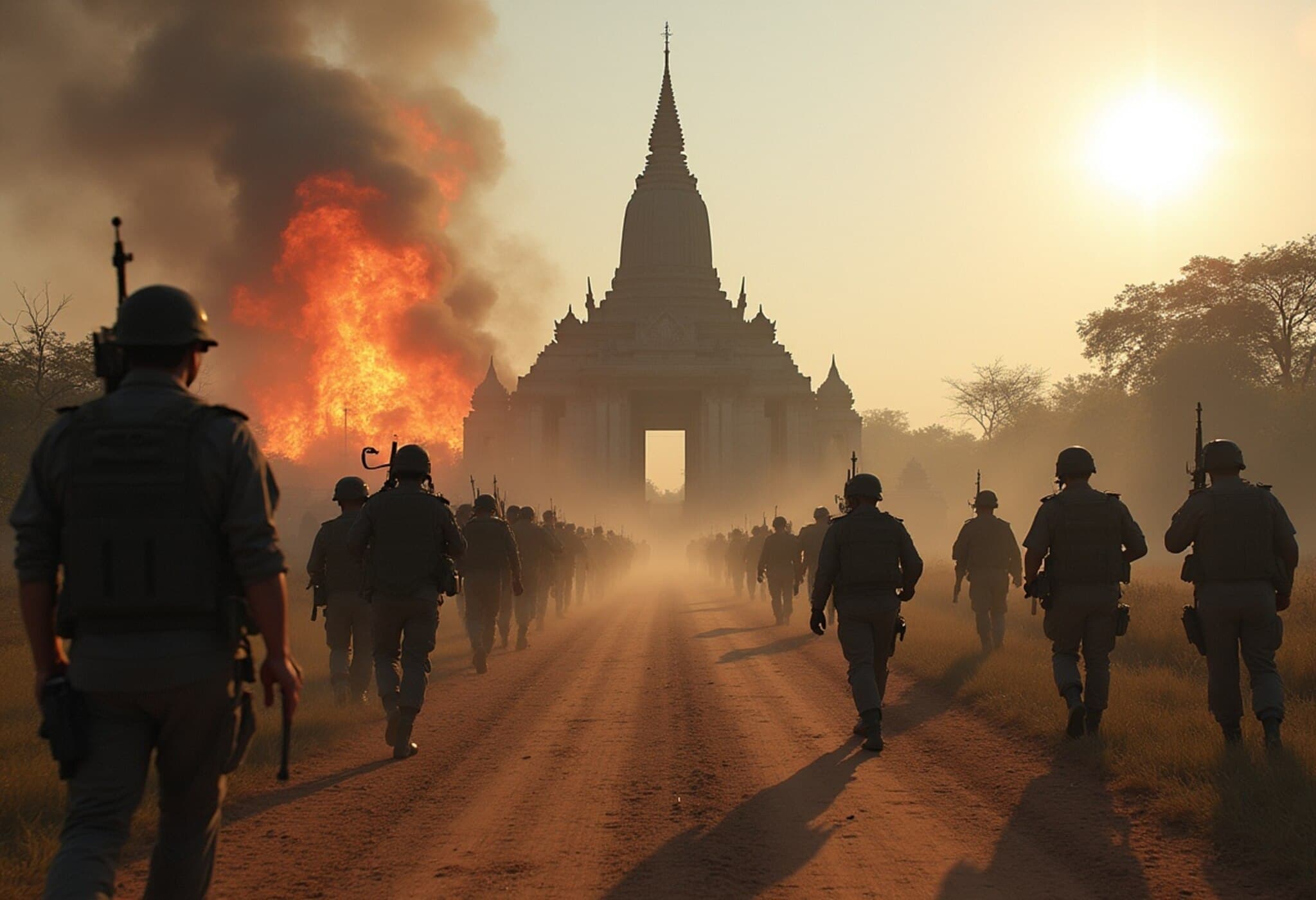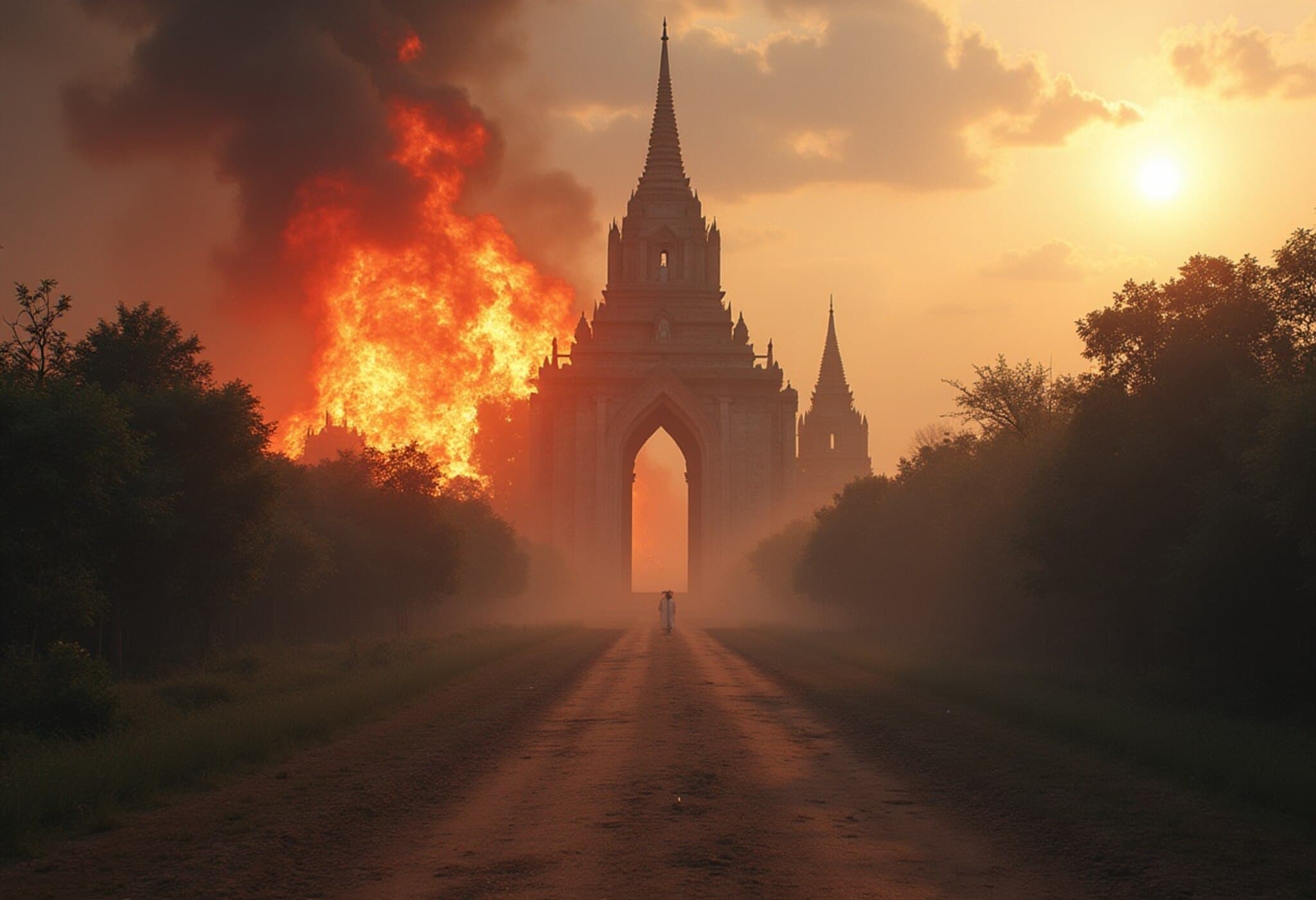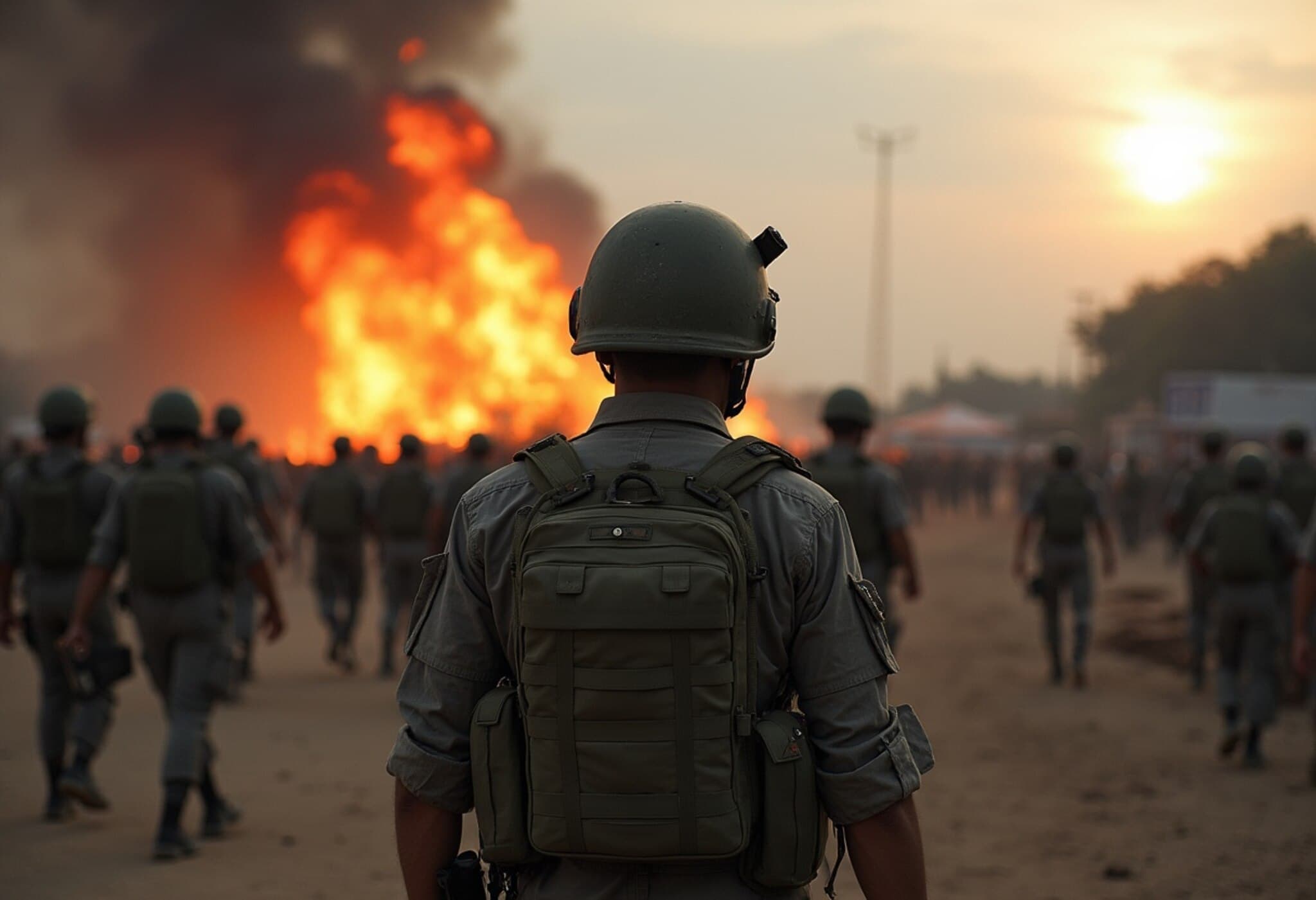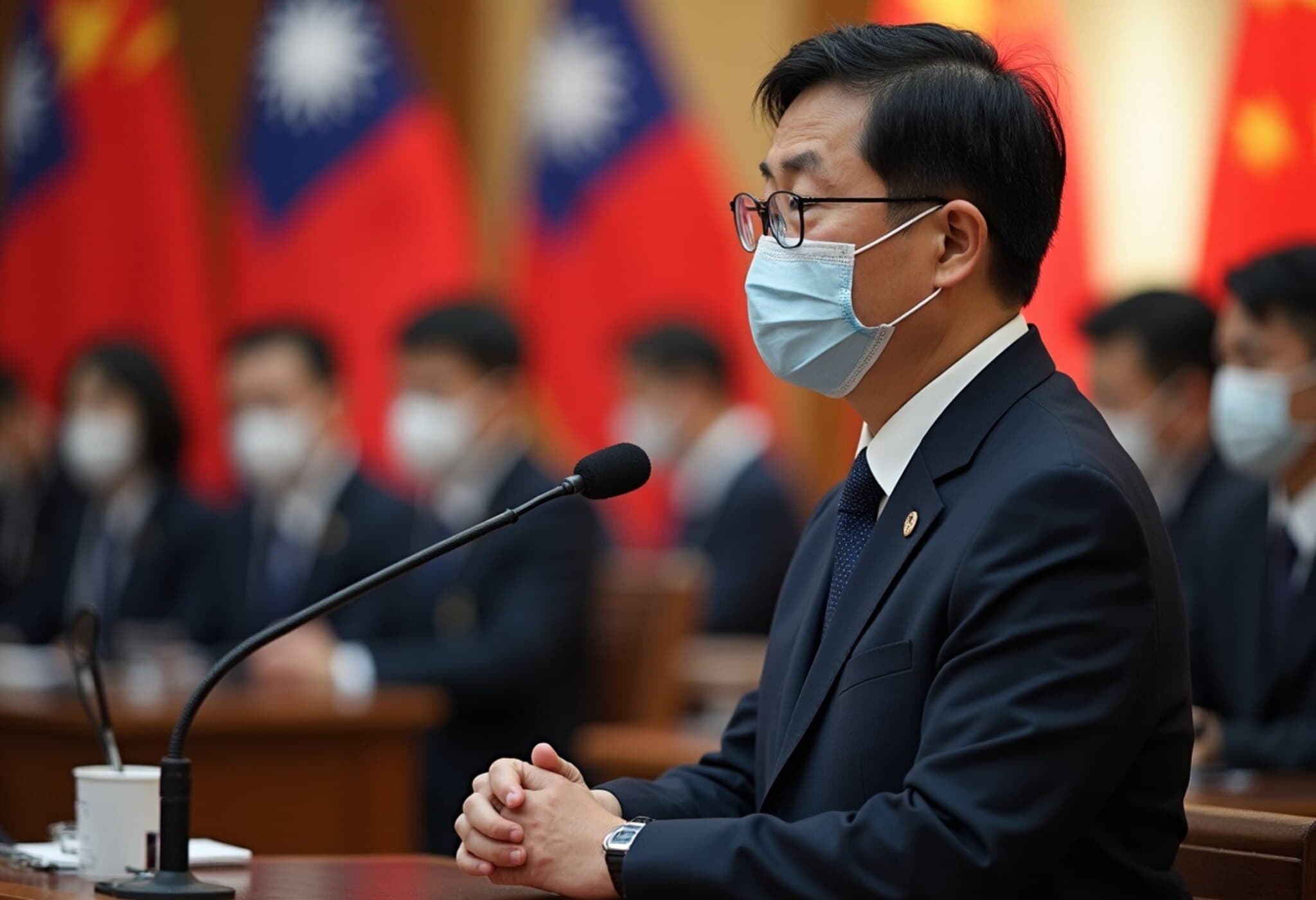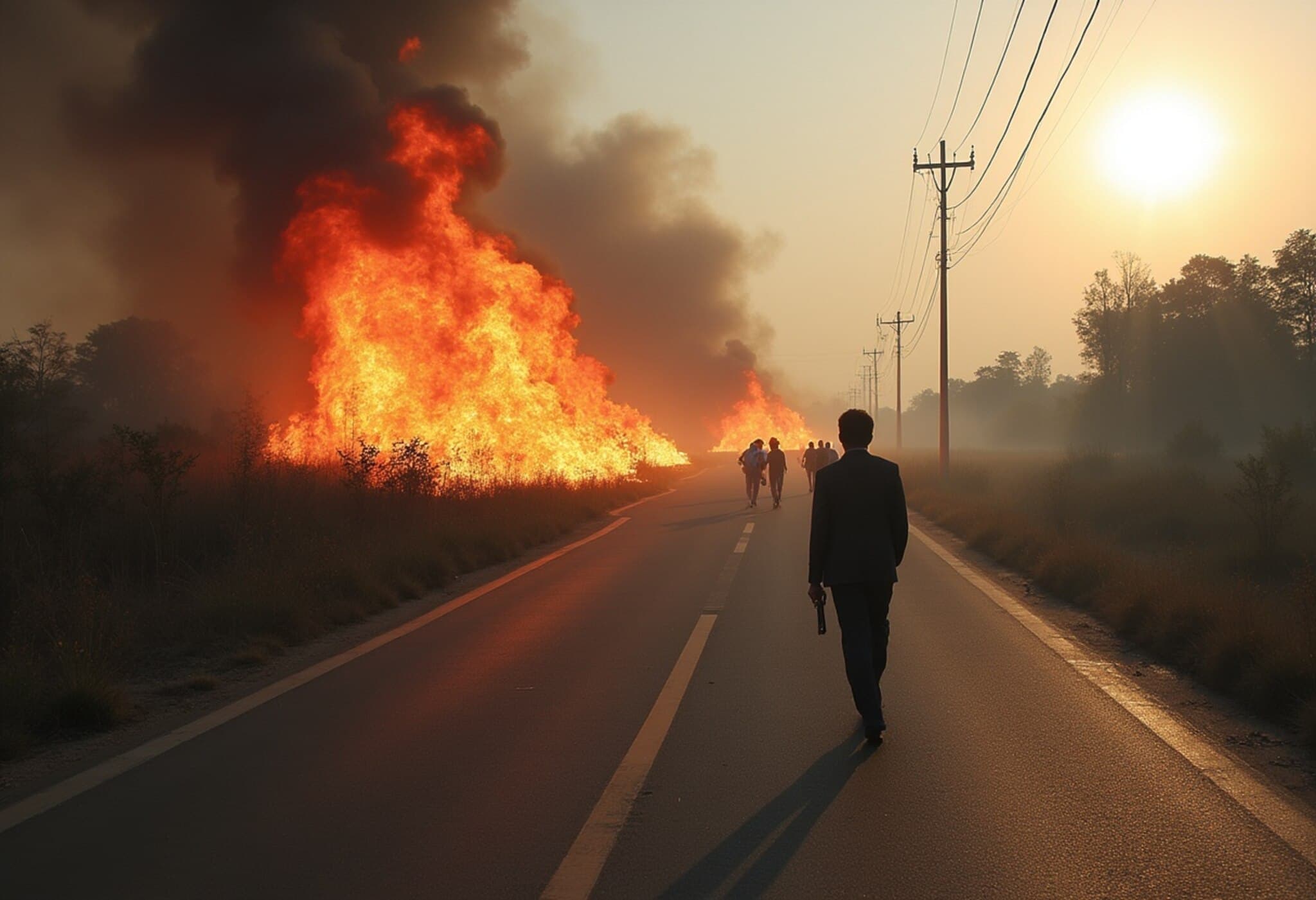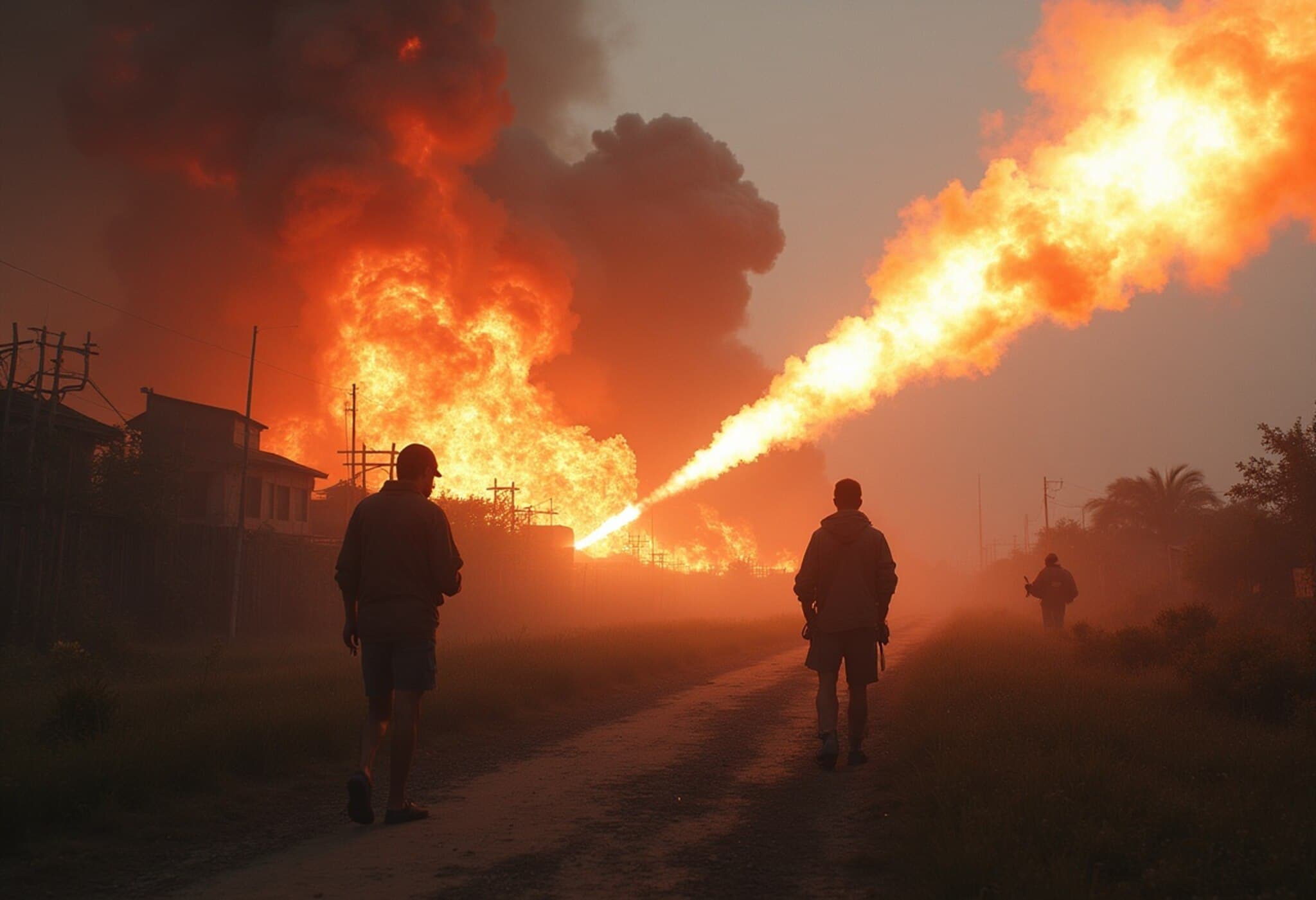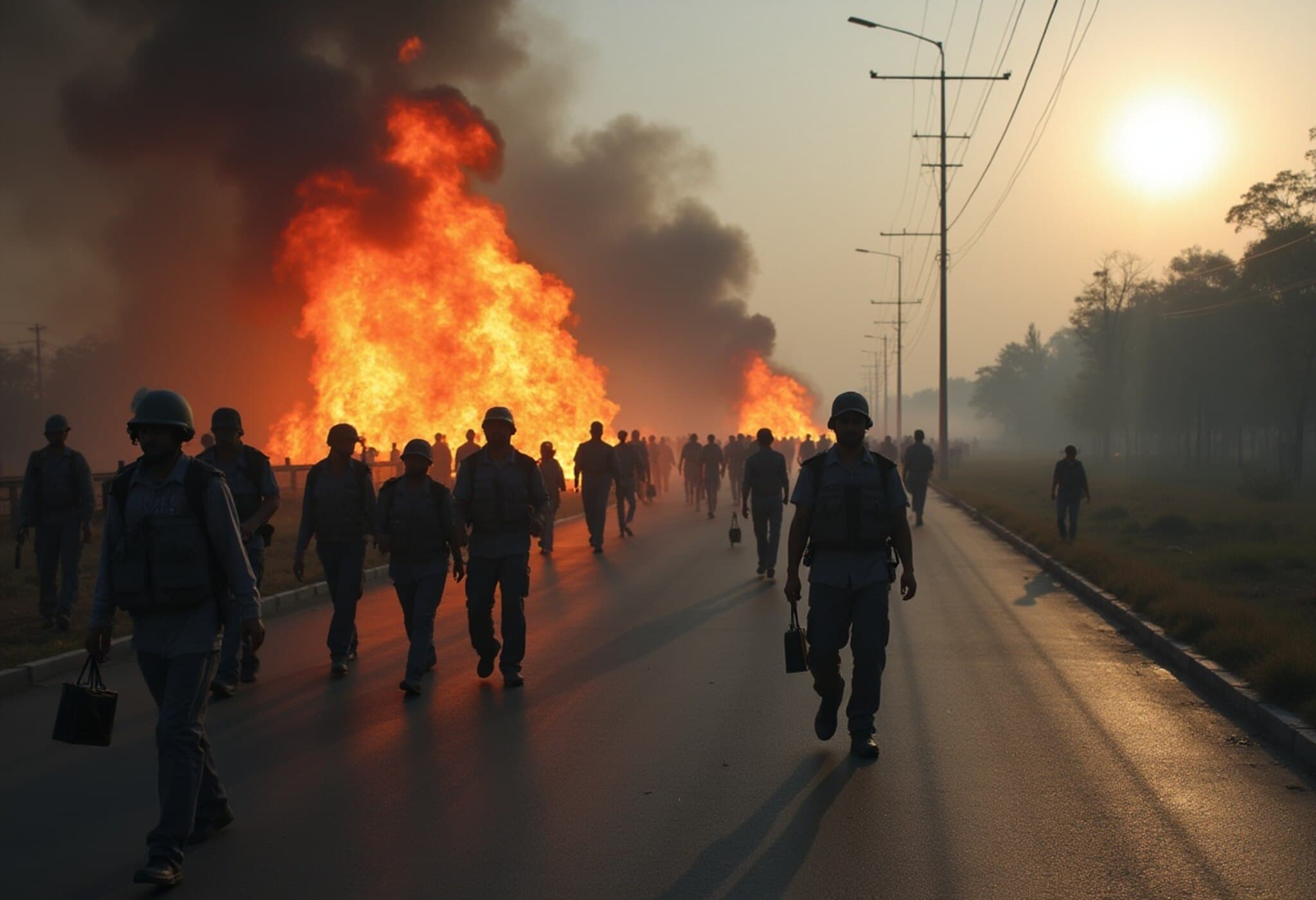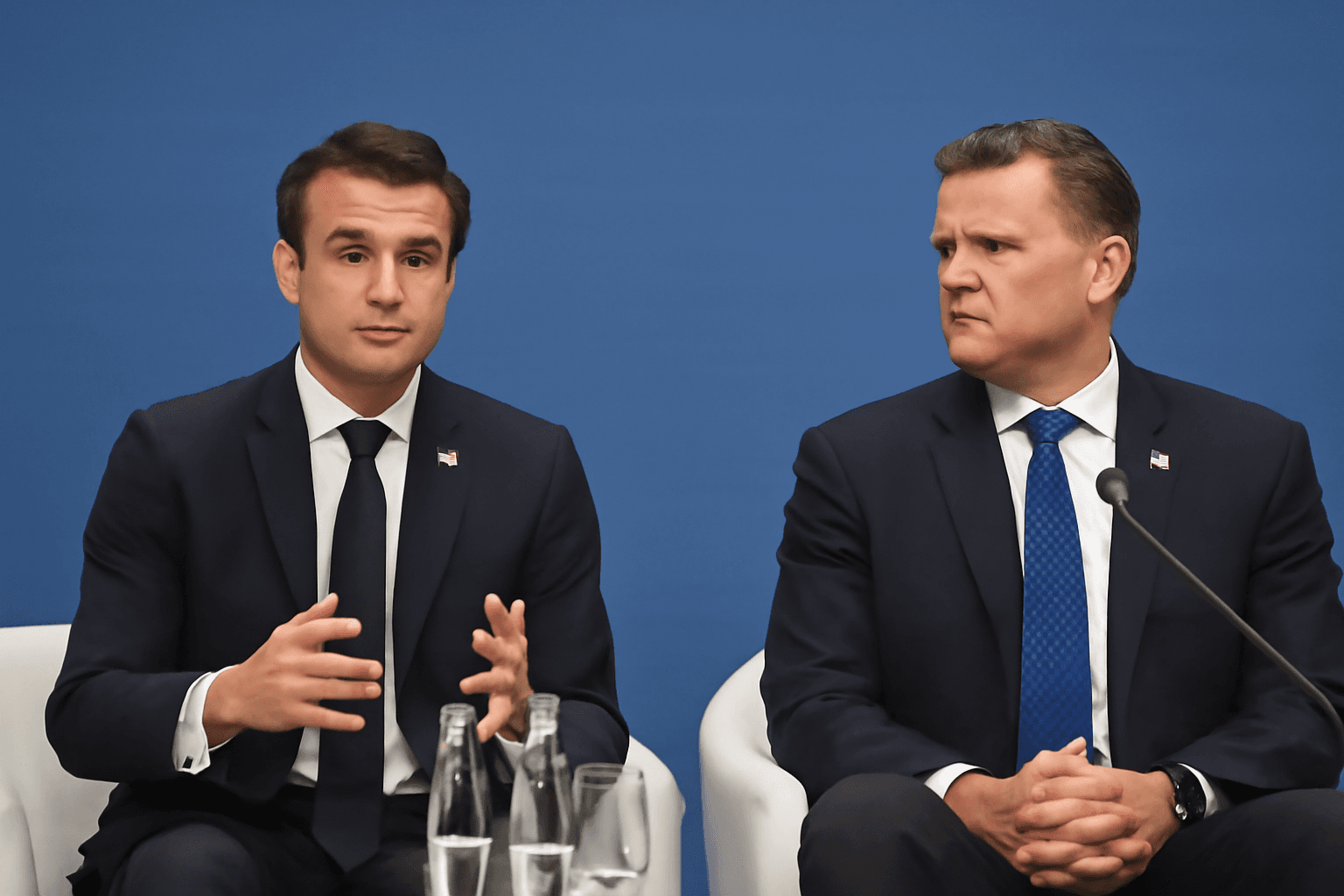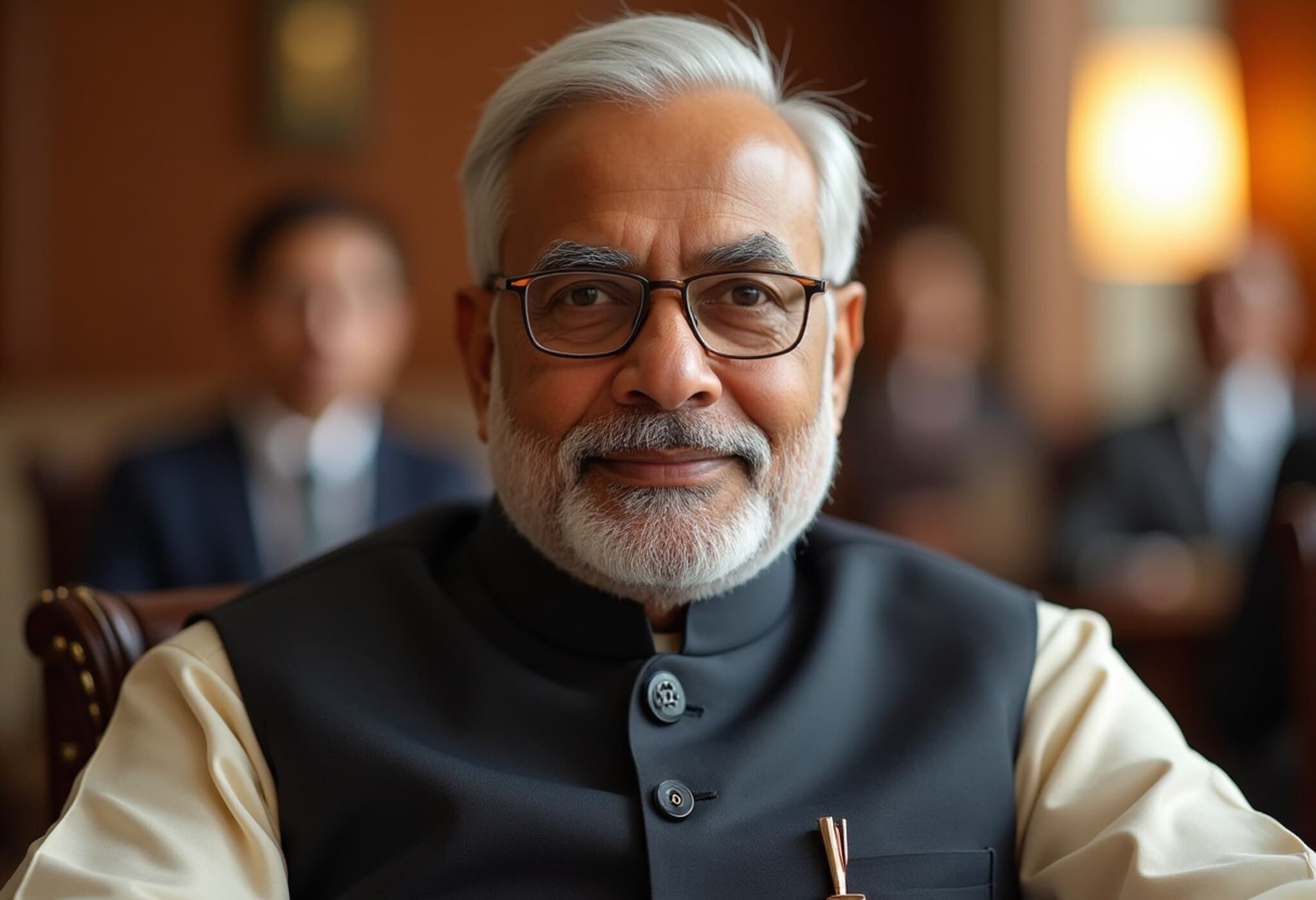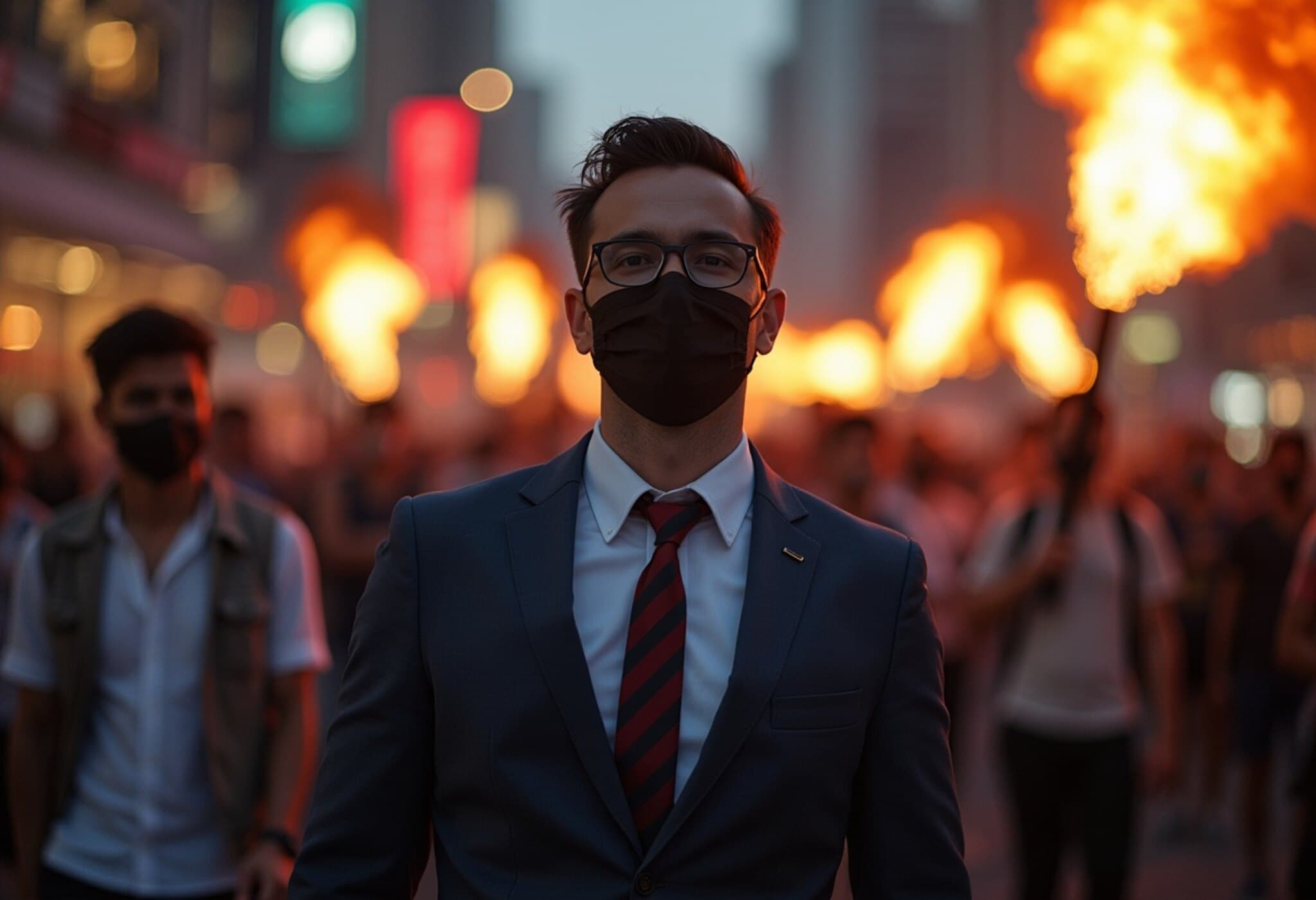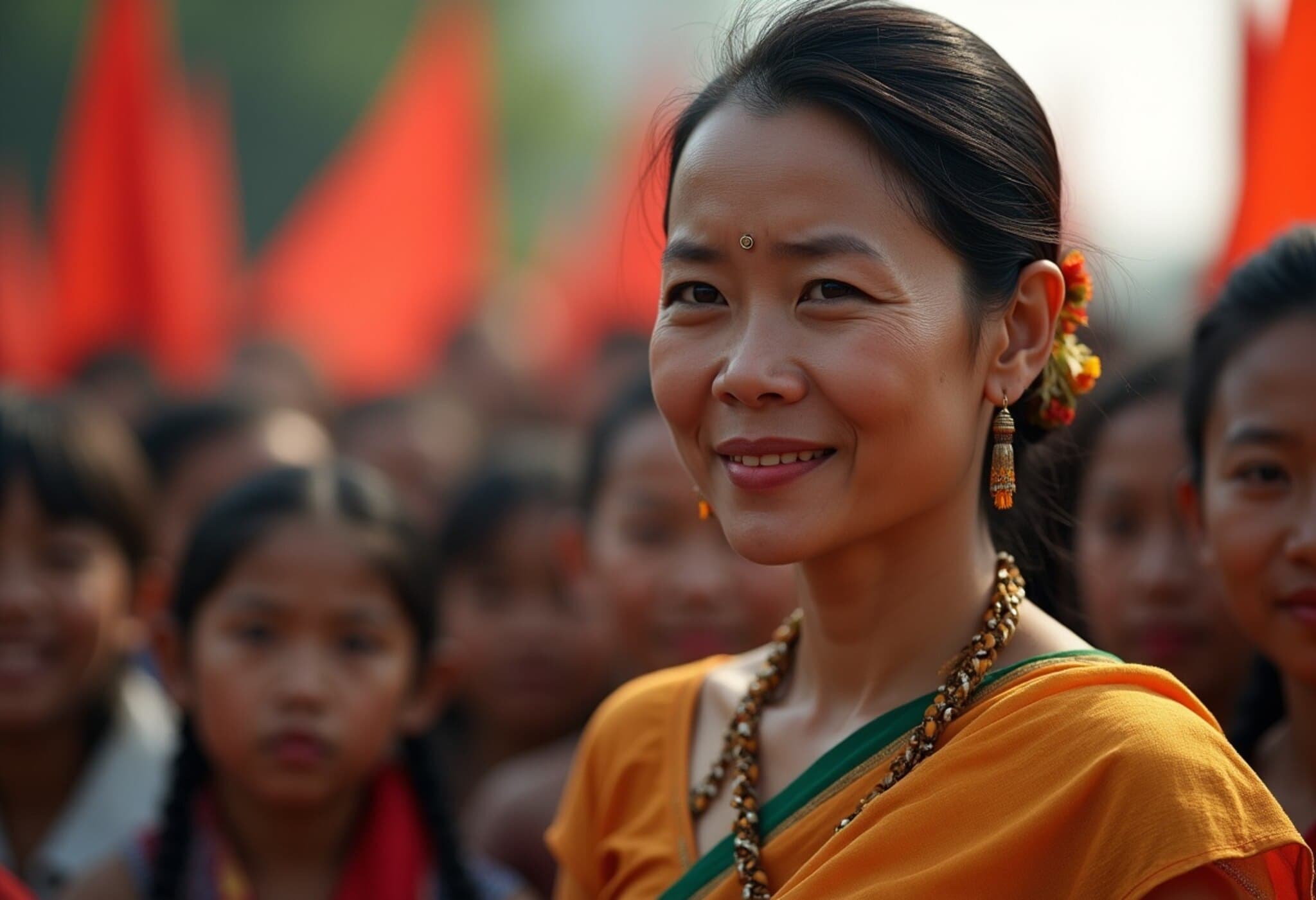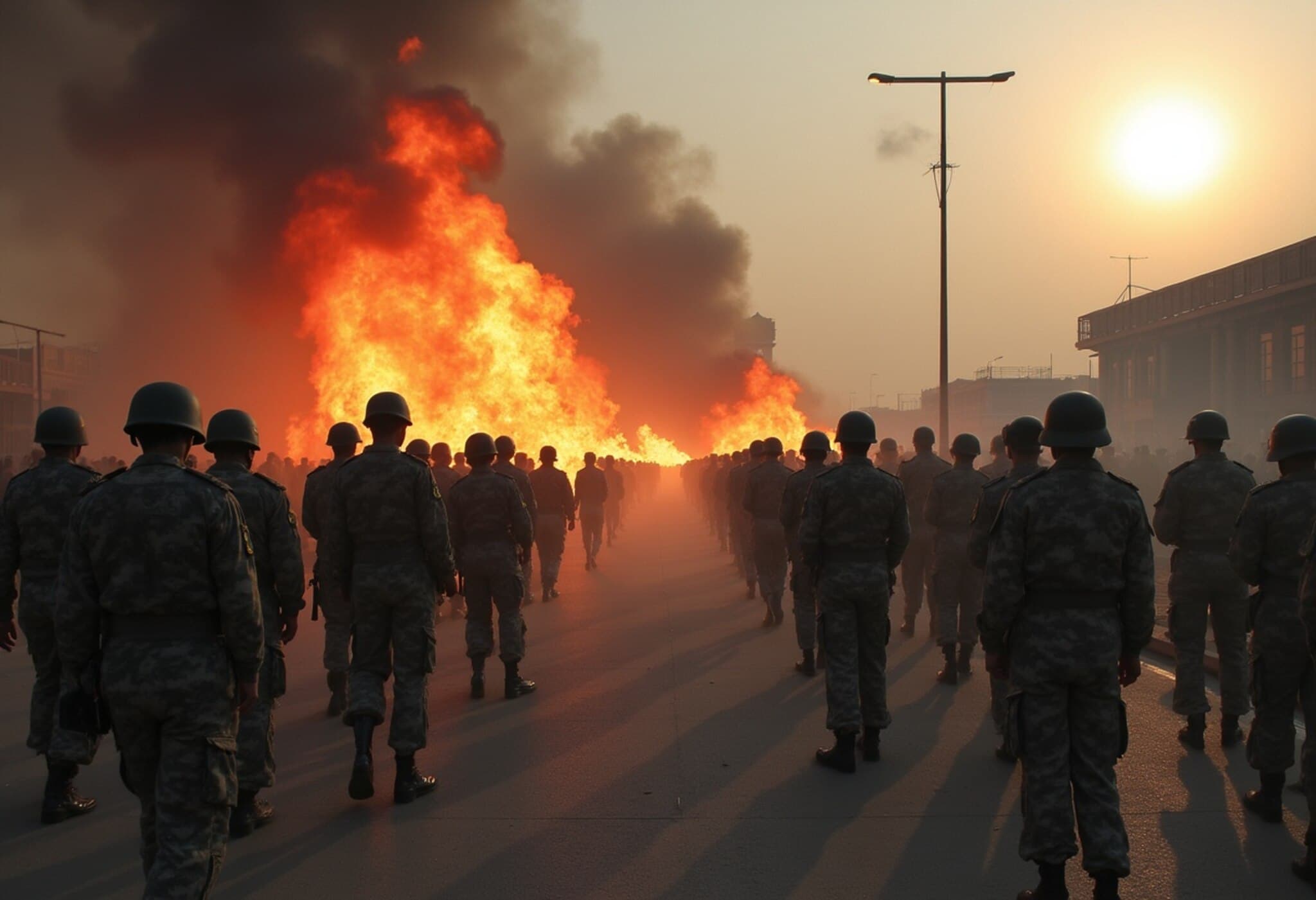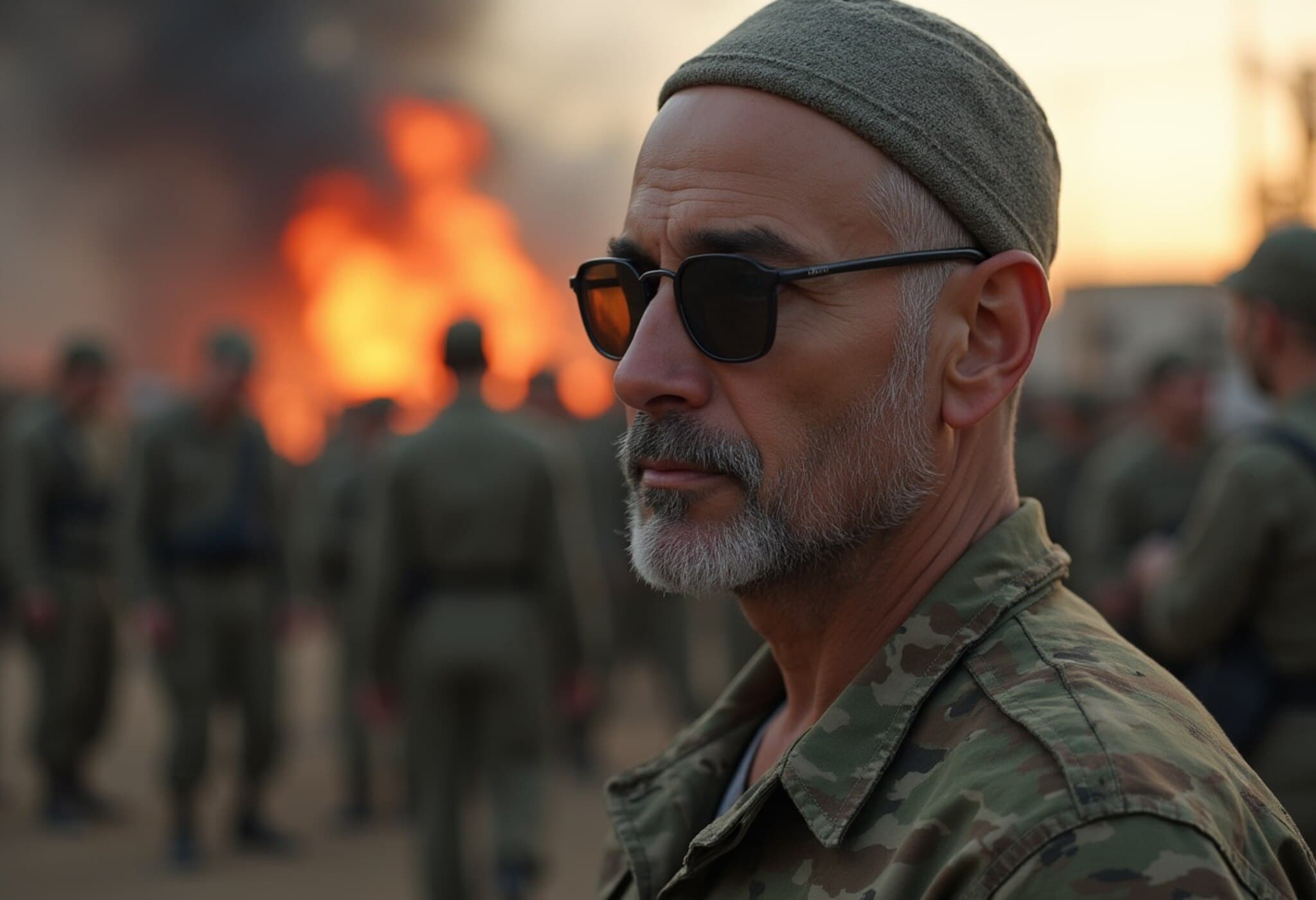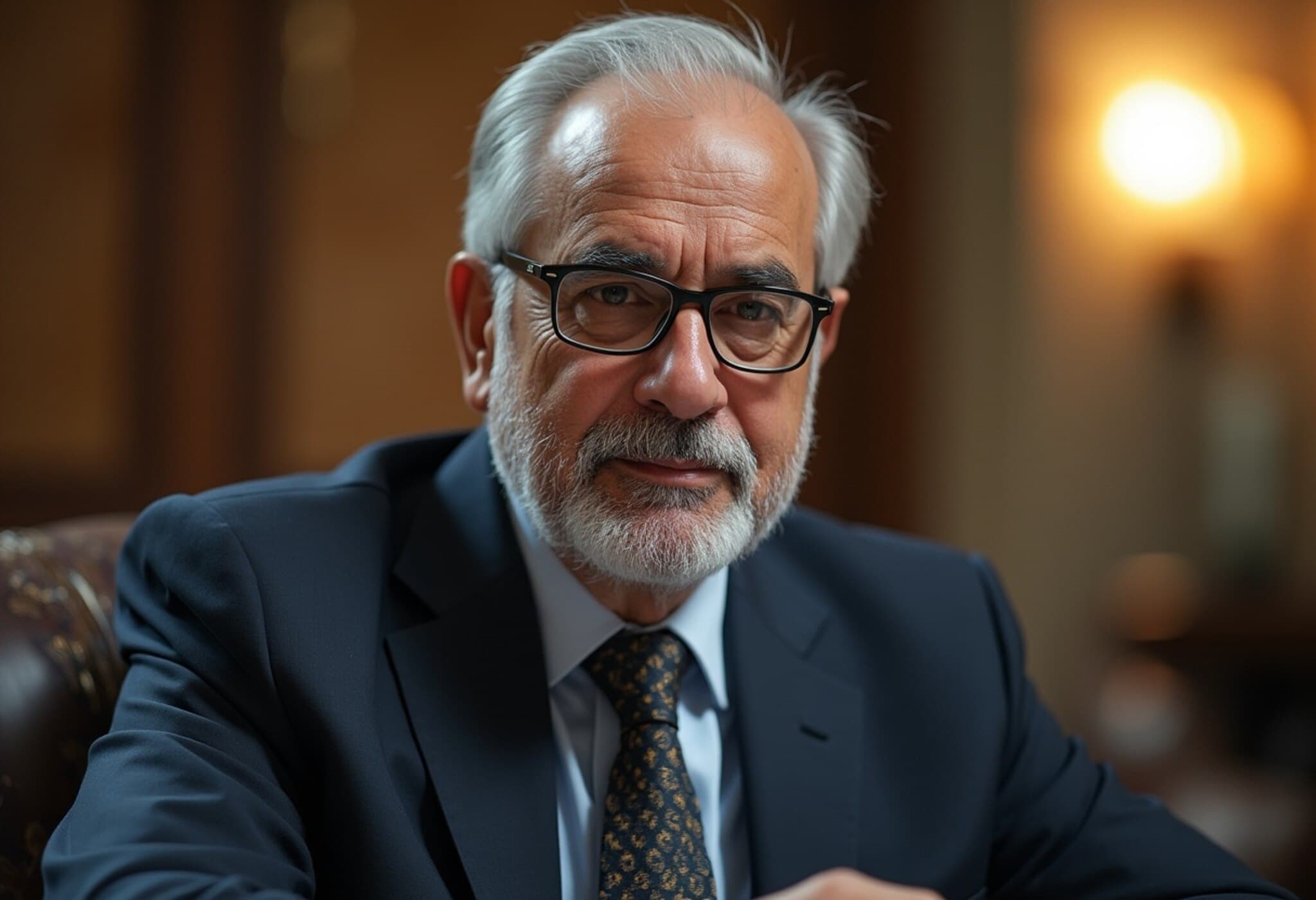Growing Tensions at Cambodia-Thailand Border Spark Deadly Clashes
After two days of intense fighting along their disputed border, Cambodia has called for an immediate and unconditional ceasefire with Thailand. The violence erupted near the iconic Preah Vihear and Prasat Ta Muen Thom temples—historic sites long at the heart of territorial disagreements between the neighboring nations.
Escalation and United Nations Response
The exchanges included heavy rocket and artillery fire, resulting in fatalities on both sides. In a recent private meeting of the United Nations Security Council (UNSC), Thailand accused Cambodia of conducting "indiscriminate and inhumane attacks" and demanded an immediate stop to hostilities.
Meanwhile, Cambodia’s permanent envoy to the UN, Chhea Keo, challenged Thailand’s narrative, pointing out the significant power imbalance between the militaries and reaffirming Cambodia’s preference for a diplomatic settlement. "UNSC called for both parties to show maximum restraint and resort to a diplomatic solution. That is what we are calling for as well," stated Keo.
Human Toll and Mass Displacements
- At least 13 people—including eight Cambodian soldiers—have lost their lives amid the fierce clashes that began Thursday.
- Over 35,000 Cambodian residents have been uprooted from their homes due to the ongoing conflict.
- On the Thai side, health officials report more than 138,000 evacuated, with 15 fatalities, including 14 civilians and a soldier, and dozens more severely injured.
Historical Context: A Century-Old Border Dispute
This confrontation is part of a longstanding territorial dispute stretching back over 100 years, centered on the 11th-century Preah Vihear temple. Perched dramatically atop the Dangrek mountain range, the temple is not just a UNESCO World Heritage site but also a potent symbol of national pride for both countries.
In 1962, the International Court of Justice (ICJ) awarded sovereignty over the temple to Cambodia based on a 1907 French colonial map—a decision Thailand initially contested. Although the ICJ reaffirmed the ruling in 2013, Thailand continues to claim a 4.6 square kilometer region surrounding the temple, leading to recurring flare-ups, including significant clashes in 2008 and 2011.
Recent Incidents Fueling Current Violence
- The resurgence of violence was triggered in May when a Cambodian soldier was killed during a border skirmish.
- Further escalations in July involved severe landmine blasts that caused serious injuries to two Thai soldiers.
- The conflict has increasingly involved modern warfare tactics, including fighter jets and expansive use of landmines, raising alarm across the region.
Diplomatic Standoff and the Road Ahead
While Cambodia appeals for peace, Thailand’s government rejects external mediation offers from major powers like the United States and China, signaling a hardline stance. This refusal complicates the path to de-escalation as nationalist sentiments run high on both sides.
Experts caution that without sustained diplomatic engagement and confidence-building measures, the risk of renewed hostilities remains significant—threatening not only bilateral relations but also regional stability within Southeast Asia.
Broader Implications
This border crisis highlights the complexity of post-colonial boundary disputes and their deep-rooted impact on national identity and security. For the international community, it underscores the importance of robust conflict resolution mechanisms and the enforcement of international legal rulings.
Editor’s Note
As tensions persist between Cambodia and Thailand, the urgent question remains: can diplomacy prevail over decades of distrust and hostility rooted in history and nationalism? The human cost of this conflict—thousands displaced, dozens dead—serves as a painful reminder that borders are more than mere lines on a map; they are intertwined with people's lives and identities. Observers should closely monitor how regional powers and international bodies respond, as their engagement could prove pivotal in breaking this cycle of violence.
Stay informed with us for ongoing updates on this critical Southeast Asian conflict.

